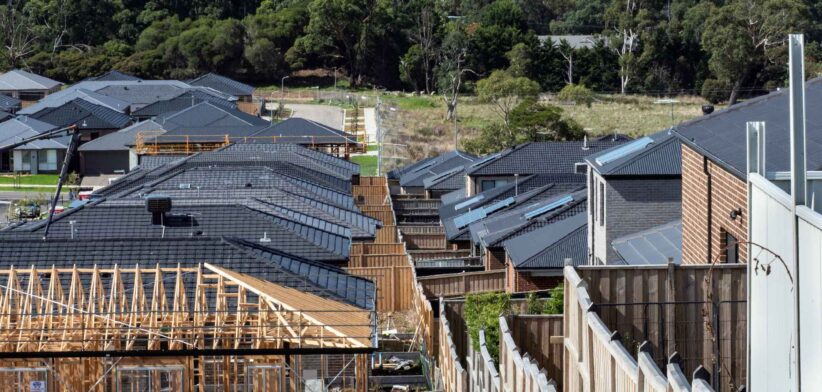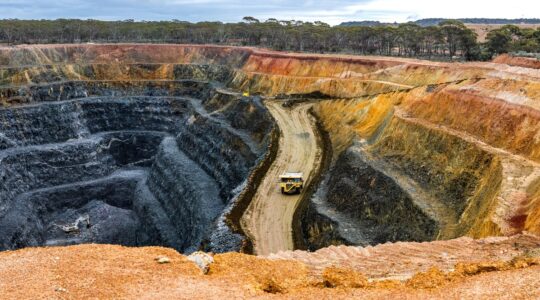The southern Moreton Bay islands and pockets in the Lockyer and Somerset regions are the only places where housing remains affordable in South-East Queensland.
The Property Council of Australia’s latest report found that, for households on an income of $100,000, those areas were the only ones in the region where a median-priced house was still attainable.
Property Council of Australia Queensland Executive Director Jess Caire said The Beyond Reach report found there were multiple suburbs in the inner and western suburbs of Brisbane, northern Sunshine Coast, and southern Gold Coast, where buying a median-priced house would theoretically consume more than 100 percent of that family’s income.
Ms Caire said additional areas would consume more than 50 percent of that family’s gross household income of $100,000.
“Both are an impossibility,” she said.
The report also ran the numbers when household income increased to $150,000 and found that in South-East Queensland, purchasing an established home was “beyond reach” and a house and land package “unaffordable”.
Ms Caire said this income bracket included many of the State’s frontline workers.
“The same frontline workers who guided Queensland through natural disasters and the COVID pandemic are now being left out in the cold, with research showing affordable housing is beyond reach of most nurses, police officers, and teachers.
“Most of South East Queensland is a ‘no go zone’ for frontline workers hoping to get their foot on the property ladder,” Ms Caire said.
Drawing on data from the Queensland Government Statisticians Office, REIQ and CoreLogic, the report applied average household incomes for childcare workers, teachers, nurses, police and public servants and measured them against the median price for new and established homes and apartments.
“The research shows no essential worker can afford to buy or rent a home, or unit, on their own in South East Queensland,” Ms Caire said.
She said the first Beyond Reach report, published in 2007, predicted Queensland would face “a housing crisis of dire proportions” without pragmatic policy solutions, including improving development assessments, ensuring adequate land supply to meet demand, and providing key infrastructure to support growth.
“Fast forward 17 years, and with 12 new or increased taxes imposed on the sector and government fees and charges contributing to more than 30 percent of the cost of a new apartment and house and land package and the warnings have proven accurate,” she said.
“Queensland’s prevailing policy settings are exacerbating the housing crisis.”








